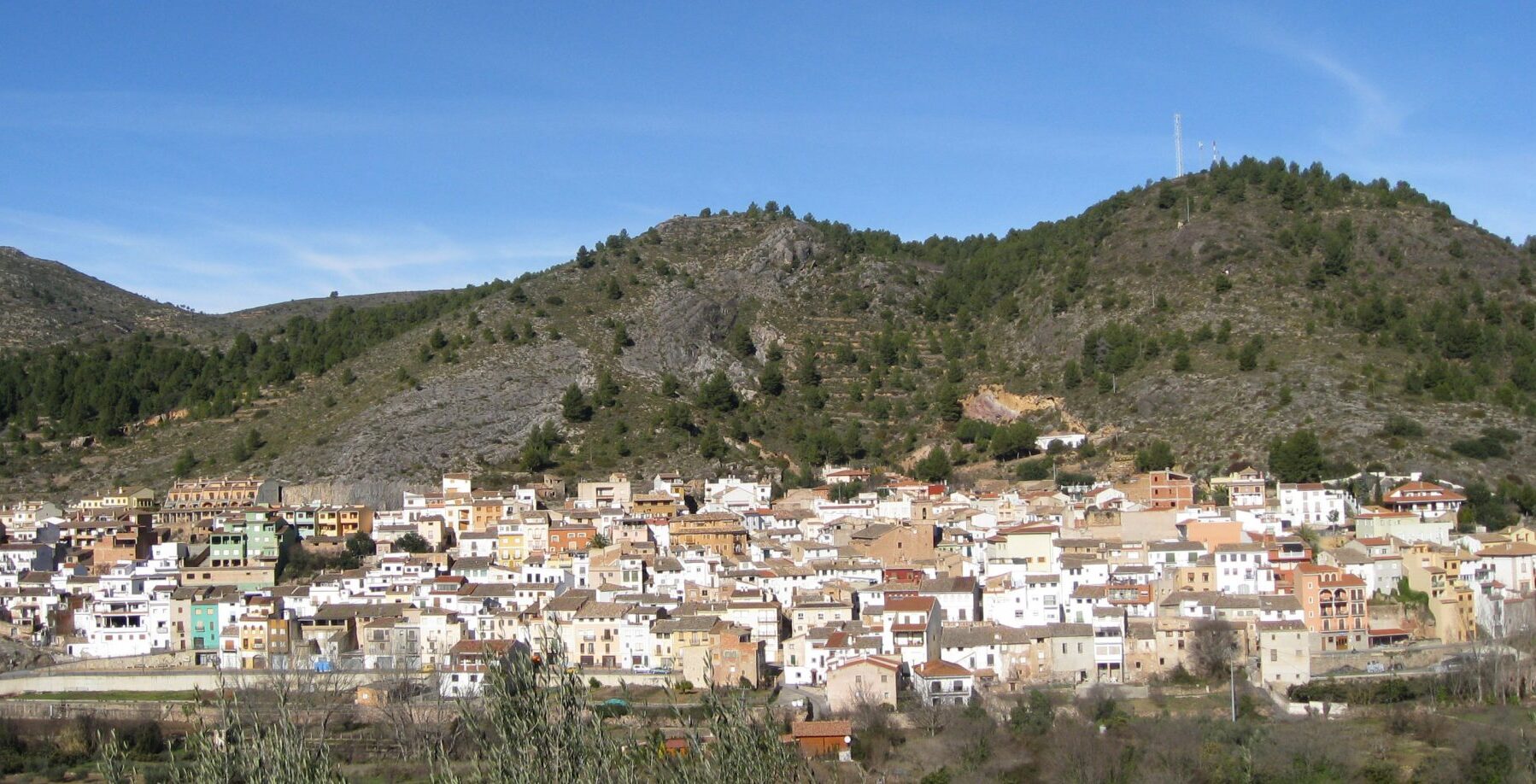The Final Degree Project of the 22-year-old girl from Xàtiva, Aitana Rosa Mollá Inza, is based on field research that allowed, within the framework of the Living Lab the drafting of the Action Plan for Climate and Sustainable Energy, better known as PACES, for the town of Vall de Almonacid.
He Living Lab RURAL LABSCAPE in Vall de Almonacid, inaugurated in June of this year, already has the first Final Degree Project (PFG) carried out ‘in situ’ in the town. This Living Lab is part of the Rural Labscape project, developed by the University of Alicante, WWF Spain, Interpreta Natura and the Herbes del Molí Foundation, together with the Vall de Almonacid City Council.
Living Lab RURAL LABSCAPE
One of its objectives is to offer the inhabitants of the municipality and surrounding areas a place to develop their projects and an ‘umbrella’ to host studies in a safe and stimulating environment. Specifically, Vall de Almonacid is a Living Rural landscape lab, which works to generate and apply innovative solutions that shape the type of landscape and uses of the territory to which its inhabitants and users aspire.
This is what Aitana Rosa Mollá Inza, a 22-year-old girl from Xàtiva, has contributed to, who has been able to develop her study within the framework of the Living Lab, investigating on the ground to draft the Plan of Climate Action and Sustainable Energy (PACES) from Vall de Almonacid, prepared as its PFG.
“Having the opportunity to carry out the study in the municipality has allowed me to know the terrain well and to be able to investigate in a more realistic way how they have been. the impacts of land use on the territoryeither. Analyzing the content in a close space full of tools has allowed me to develop the project in a faster and more useful way for the environment,” says Aitana Mollá.
PACES towards the future
The PACES consists of three main parts: an emissions inventory based on historical data circa 1990, a risk and vulnerability analysis, and an action plan. The main objective is to reduce CO2 emissions by 2030, improving energy efficiency, increasing the use of renewable energy and promoting adaptation to climate change. The aim is to achieve a 40% reduction in emissions with this future plan.
Los small municipalities like Vall de Almonacid will be favored through this planaccessing subsidies for the implementation of LED lighting installations, placement of solar panels, incorporation of bike lanes or improvements in public transportation.

